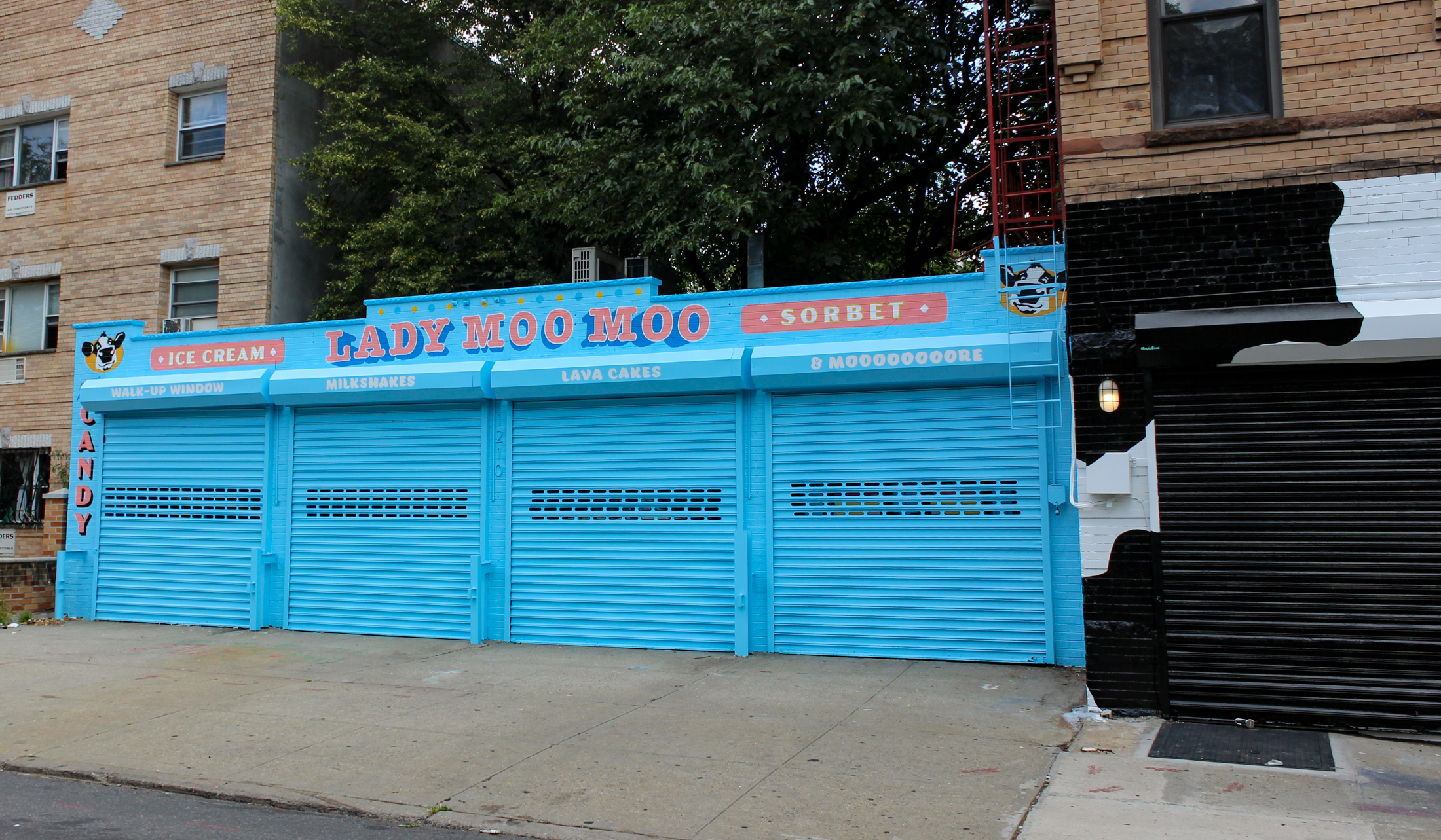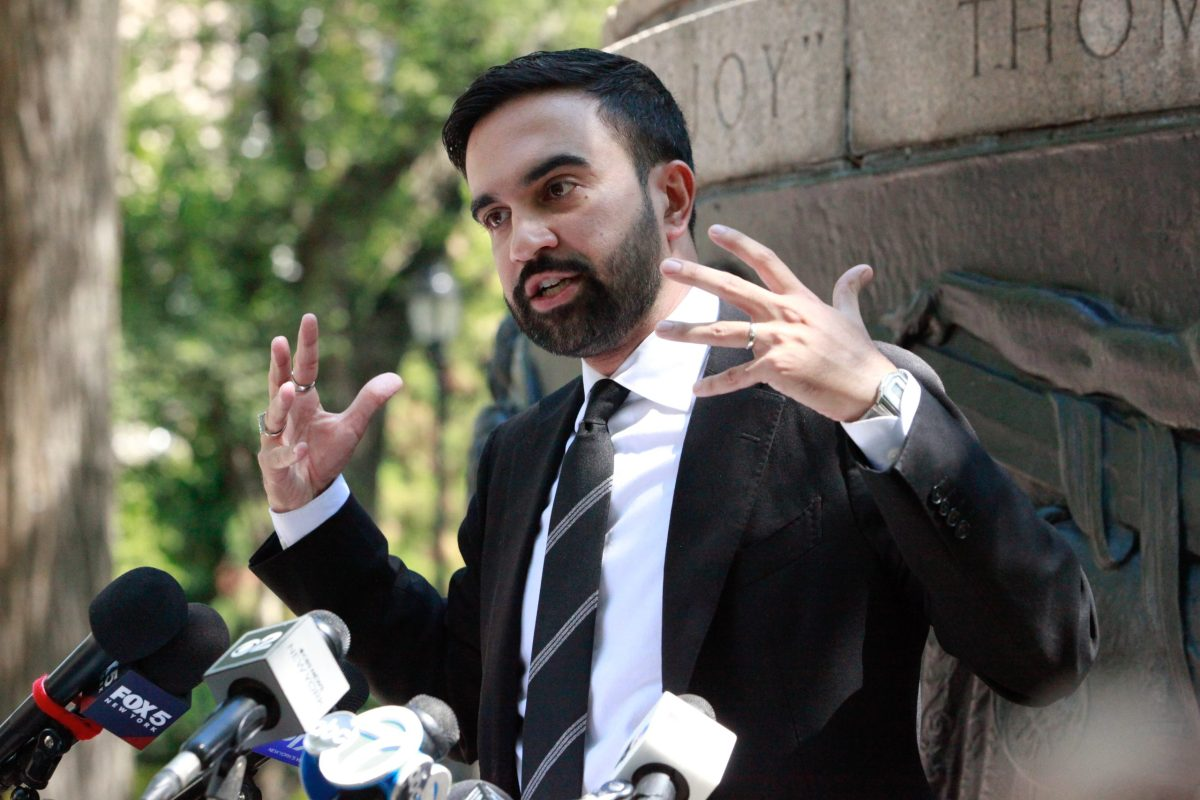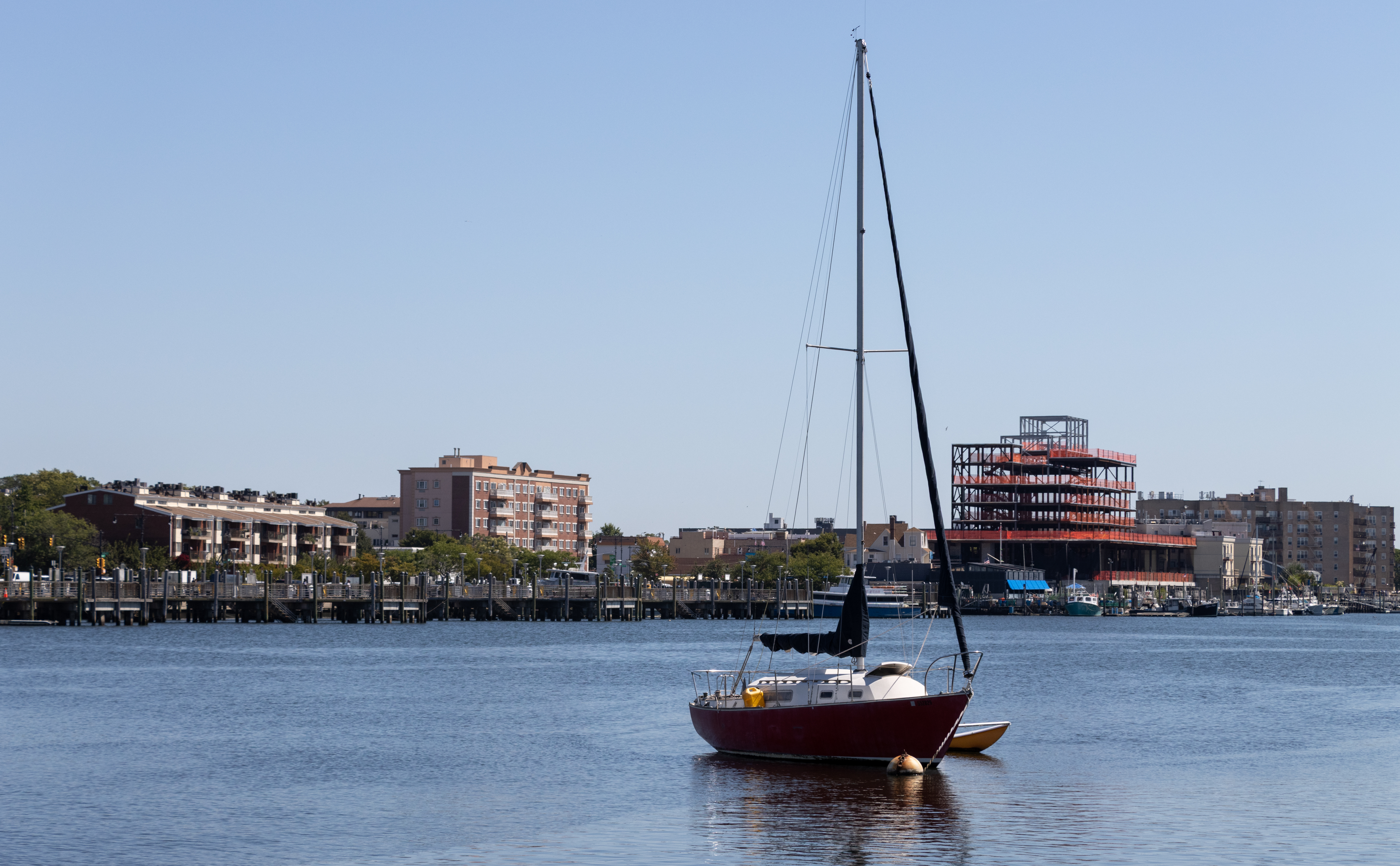Restoring Downtown Brooklyn to Its Former Grandeur
If you didn’t realize downtown Brooklyn was once grand, talk to Bob Furman, founding member of the new group Brooklyn Preservation Council. The Brooklyn Eagle reported on Furman’s hopes for the area. They include raising awareness about the urban fabric that existed there before the Robert Moses-championed Cadman Plaza and Columbus Park replaced some 300…


If you didn’t realize downtown Brooklyn was once grand, talk to Bob Furman, founding member of the new group Brooklyn Preservation Council. The Brooklyn Eagle reported on Furman’s hopes for the area. They include raising awareness about the urban fabric that existed there before the Robert Moses-championed Cadman Plaza and Columbus Park replaced some 300 buildings, including a few neo-classical treasures, in a fit of urban renewal in the post-war years. “While we can’t rebuild the way it used to be, I thought it would be appropriate to commemorate what it once was, he says. I always felt that the Downtown Brooklyn and Cadman Plaza renewals were disasters. [Their] purpose was to reverse the decline of Downtown Brooklyn and Brooklyn Heights, which [they] didn’t do. One building especially missed is the neo-classical Kings County Courthouse, razed and eventually replaced by Brooklyn Law School at Joralemon Street and Boerum Place, made with Tuckahoe marble and designed by Borough Hall’s architect, Gamaliel King. Hopefully the signs Furman hopes to erect, commemorating lost streets and buildings, will help deter us from making the same mistakes today.
Preservationist Looks to Commemorate Downtown Brooklyn of Old [Brooklyn Eagle]
Cadman Plaza. Photo by r5n5.





benson
I agree with everything you say, without a doubt – but I think the problem is people don’t see how new development benefits them personally. On the one hand, you have people who think new development is ugly. They don’t understand the market forces at work that let developers get away with doing the bare minimum. On the other hand, you have people who don’t understand the economic issues – i.e. lower costs for residents and businesses.
Carol Gardens:
You missed his point. Venice is not “bad”, it is simply stagnant. It is not a real city at this point, it is more of a theme park.
So St. Marks Square is good but Venice is bad?
Montrose;
I’m not trying to be argumentative (really!), but I have to disagree with some of what you say. In fact, your arguments go to the essence of why I think we are getting no where in this city.
No one doubts that the destruction of the old Penn Station was a trgedy, especially when one looks at the POS that replaced. Likewise, I agree that some of Moses’ proposals were off-base, and we are better off that he lost those issues (the expressways through Manhattan, for example). These were seminal cases in the life of this city, and spurred the preservationist movement. My point is that this movement has now over-reached, and is now blocking progress in this city, whether they realize it or not, and this Cadman Plaza case is a perfect example.
I believe that Moses executed a huge public improvement by making way for Cadman Plaza. The early America city planners had no use for pedestrian plazas in the middle of the city, that make European cities walkable and charming. We should praise him for having the fortitude and moxie to do this despite having to raze an already-developed area. If one or two buildings of secondary architectural merit had to be knocked down to make way for this imporvement, well, progress is rarely free.
You may not like the civic buildings that ring around this Plaza, but these can be replaced over time, for further improvement. That is not difficult to do. It is worth remembering that the buildings around St. Mark’s square in Venice were built over a 500 year span. Hopefully the same will happen with this plaza. What Moses did, however, was the most difficult and fundamental point: building a public, pedestrian plaza.
You may think that “build, build, build” is not a good thing, but I’ll take it any day over “preserve, preserve, preserve”. Venice is no longer a living city because they took this attitude.
Benson, I don’t think anyone here is saying that they are against progress. Obviously a city as large and important as New York is going to change, seemingly daily. I can’t count the number of times I’ve gone by construction sites, especially in Manhattan, and can’t remember what was there, only a month before. That is the cost of progress, and sometimes, some of the history and some of the personality of the city disappears, as well. Robert Moses left an indelible mark on this city, and it does not lessen his legacy as a visionary and great mover and shaker to point out that along the way, he also destroyed much of his beloved city, as well. In reading about his career, I am impressed by his drive, but also equally impressed by those who never backed down in their fight to stop some of his projects, and won, and thereby preserved the charm and beauty of the West Village, or the cast iron masterpieces of Soho, for example.
If we want to be a world class city, we should consider all that makes it so. That includes a healthy mix of the old and new, the historic and cutting edge. It does not make one a Luddite to see the superiority of McKim, Mead and White’s Penn Station over the POS that replaced it. What would have replaced the majesty of Grand Central Station, if Jackie Kennedy and the preservation movement she helped start hadn’t fought for its protection?
“Build, build, buildâ€, as you say, does not guarantee the success of a city. One could argue that the new cities of the United Arab Emirates have followed that mandate, yet they appear cold and almost alien in their quest for success and impressiveness. Give me a city that has history on its streets. NY, Philadelphia, Boston and Chicago, to name just a few, work because they are walkable, interesting, often innovative, and combine the past with the present. We shouldn’t build just because. That isn’t progress. We need to build when we need to, preserve when it is worthy of preservation, and mix the two in adaptive reuse whenever possible. That takes vision and a Robert Moses for today, who can get the job done, while remembering who he is doing it for, and that is the people of the city, not just the rich, not just the important.
lovely article
Bxgrl;
I am refering to the funds that were used to build the arterial highway system, such as the Gowanus. These highways were built precisely because trucks WERE using the streets, to no one’s satisfaction. The residens didn’t like the quality of life issues, and the manufacturers and truckers didn’t like the economic impact of the time it took to deliver anything. Think about how long it would take a truck to deliver goods from Jersey to, say, Bushwick. That lost time would translate right in to the cost of the produce.
The drive to build arterial highways was necessary and unstoppable at that time. As long as folks are stating that they want to look into the past, I suggest that they look at photos of what the west side of Manhattan looked like before the Miller Highway viaduct was built – total paralysis due to the gridlock between the port traffic and the north-south trafic.
Tranquilizers, everyone? (Never thought I’d hear myself say that).
“Bxgrl tells us that Moses should have poured money into mass transit, which is a statement just completely lacking in any kind of perspective. How exactly are trucks supposed to move goods into and out of this town: by riding on subway tracks? Moreover, she makes this statement without even knowing the history of that era, when funding for mass transit was not to be had.”
That’s a poor argument to jump from putting money into mass transit to stopping trucks from coming in and out of town. The subway system was begun in the late 1800’s. Putting funds into building it up further wouldn’t suddenly suck the roads out of existence. NYC streets hardly appeared out of the blue in Robert Moses’ time. They’d been around for a long time. Trucks would have kept doing what they’d done for years. Use the streets. The city had contracts with different companies who formed the lines (Ind, BMT, IRT), so somewhere along the line the city had the foresight to support mass transit.
it’s worth keeping in mind that some of the city’s most heralded landmarks required demolition of other great architectural works, and were often corporate vanity projects. take the chrysler and empire state buildings, for example. their heights and designs were the product of a race between competing rich dudes (john raskob vs. walter chrysler). the empire state building required the demolition of the original waldorf-astoria hotel — itself an impressive landmark — and the elimination of a natural stream/pond. nobody cares today about that stuff, of course, because the esb is an architectural wonder. i guess the lesson is that if you’re going to destroy old stuff, you’d better be prepared to replace it with something pretty damn good. (i actually think many of the “steel and glass” projects that some people today consider blah will be regarded as impressive by future generations when new buildings are being built with plastic or goo or whatever the building materials of the day are.)
“if Brownsotner and Lisa stuck to stories about brownstones and architecture, I wouldn’t go on the attack.”
This is Jon’s blog. He can post what he wants. Since you don’t pay for it, where do you get off deciding what he can or can’t post? I’m always amazed at the self-appointed pundits who use his bandwidth and his blog to expound their personal agenda all the while complaining about what he chooses to post. Get your own blog and you can rant all day long about the perceived anti-progressive mindset you seem to see lurking everywhere.
Does it even occur to you that when someone posts on a particular thread about old architecture it doesn’t mean they think every scrap should be saved? Montrose Morris states clearly they don’t. Or that they feel the need to post their entire philosophy of life so you have “context?” You’re the Ann Coulter of progress. You ignore what is actually said so you can post your slogans and beat your chest as the lone champion of progress in the midst of us Neanderthals.